Have you ever wondered, “who invented wireless headphones”? It was in the 1960s when they first appeared. This article will guide you through their exciting history and show how they evolved.
Read on to learn more!
Key Takeaways
Nathaniel Baldwin created the first headphones in 1910, which led to big changes in how we listen to music. John Koss made the first stereo headphones in 1958.
Wireless headphones appeared in the 1960s. This was a big step that let people move freely while enjoying their music.
In the 1990s, Bluetooth technology arrived and changed wireless headphones. They became more stylish and practical for everyday use.
Apple played a key role in pushing wireless headphone technology forward with the iPod in 2001 and later with the iPhone and AirPods.
Today’s wireless headphones are smarter, offer better sound through technologies like aptX HD and LDAC, and have active noise cancelling for clearer listening experiences.
Table of Contents
The Evolution of Headphone Technology
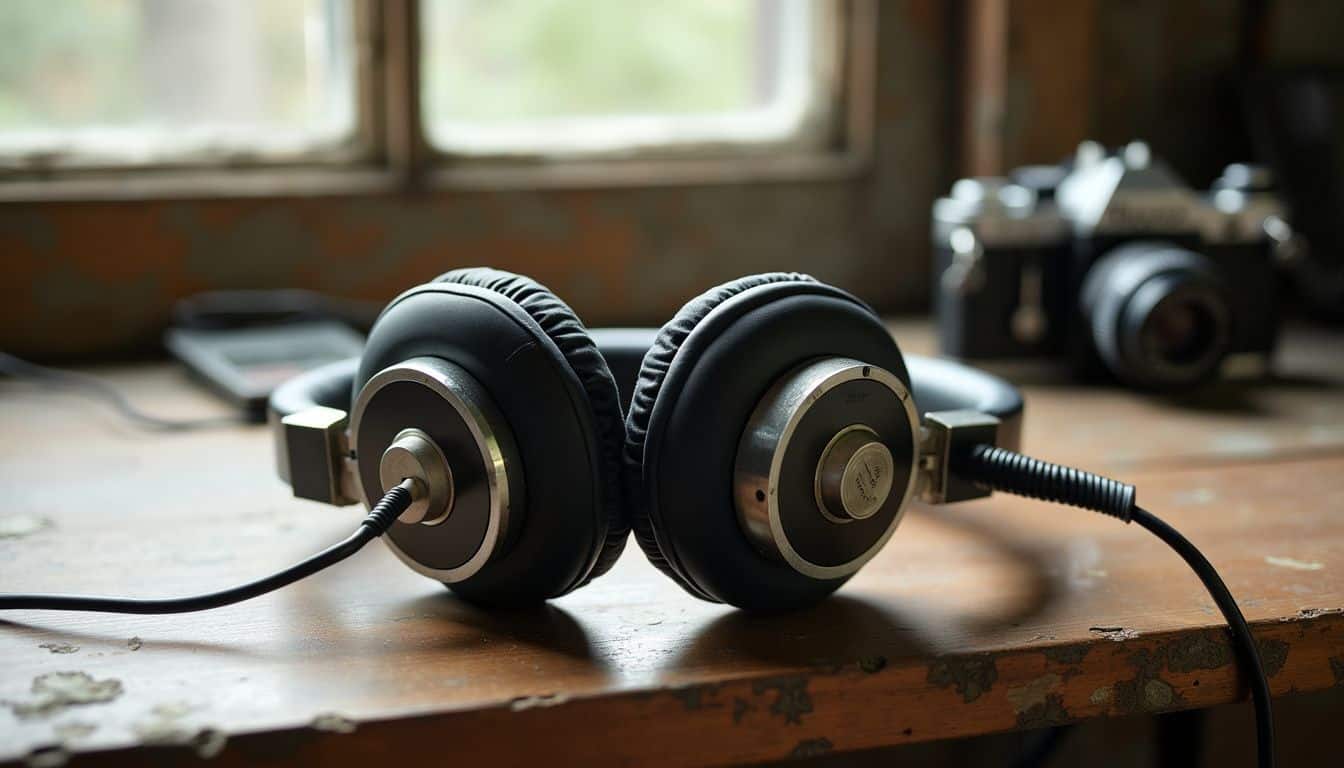
From the first modern headphones in 1910 to the stereo headphones introduced in 1958, headphone technology has come a long way. The journey of headphone technology involves significant milestones and advancements that have transformed how we experience sound.
1910: The First Modern Headphones
 Nathaniel Baldwin made the first modern headphones in 1910. He did this in his kitchen and was not sure if others would like them. The US Navy saw their value and bought them for use on ships.
Nathaniel Baldwin made the first modern headphones in 1910. He did this in his kitchen and was not sure if others would like them. The US Navy saw their value and bought them for use on ships.
This was a big step for audio technology.
Baldwin’s invention marked the start of serious headphone design, leading to today’s complex over-ear headphones.
His early version aimed at clearer sound for telephone operators, but soon found its way into music and radio uses. These first headphones were big and covered the whole ear, setting the stage for later designs like noise-cancelling and wireless models.
1958: The Introduction of Stereo Headphones
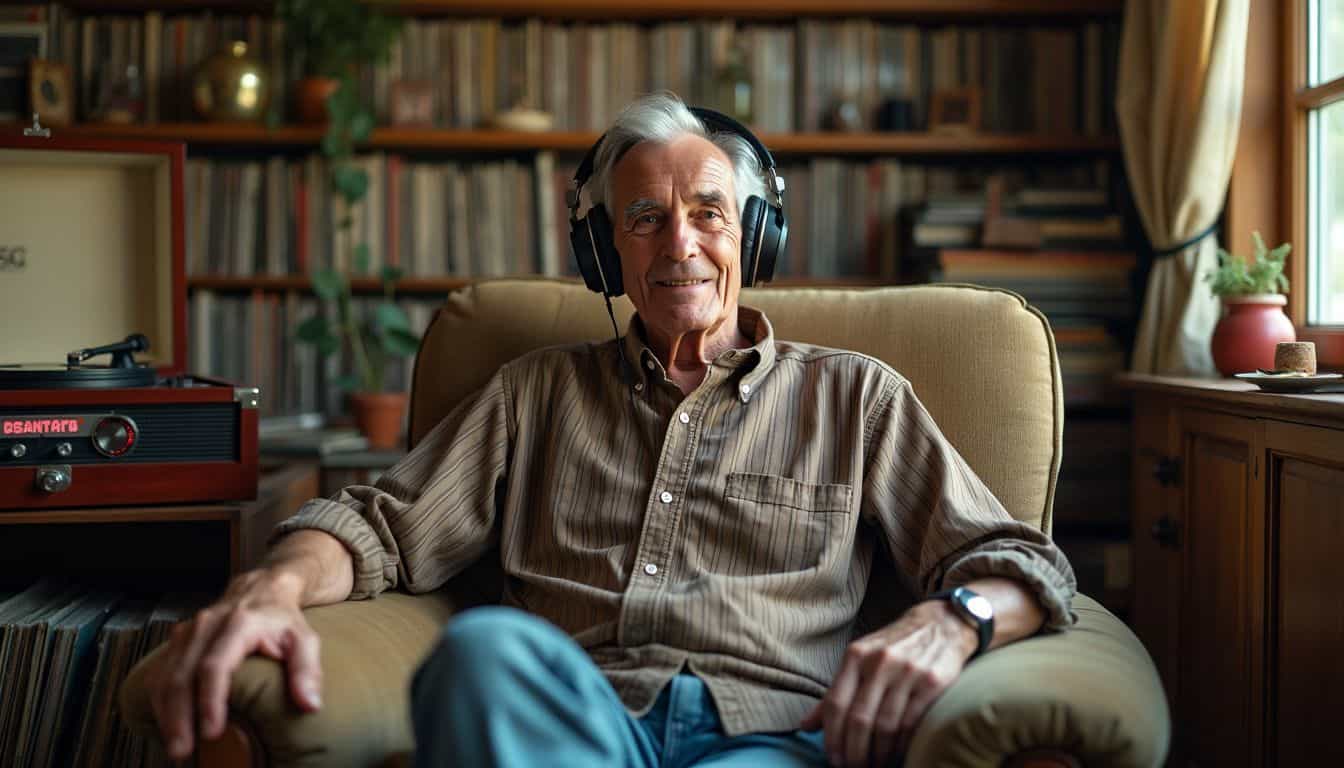 John Koss changed music listening forever in 1958. He made the first stereo headphones, the Koss SP-3. These headphones gave people a new way to hear music. For the first time, they could enjoy stereo sound just for themselves, without big speakers.
John Koss changed music listening forever in 1958. He made the first stereo headphones, the Koss SP-3. These headphones gave people a new way to hear music. For the first time, they could enjoy stereo sound just for themselves, without big speakers.
Before this, headphones were simple tools for one ear, mainly used by phone operators or in radio work. The Koss SP-3 brought high-fidelity sound directly to listeners’ ears. This started a big change in how we listen to music and use headphones today.
Next came more changes and new ways to make wireless headphones better.
The Origin of Wireless Headphones
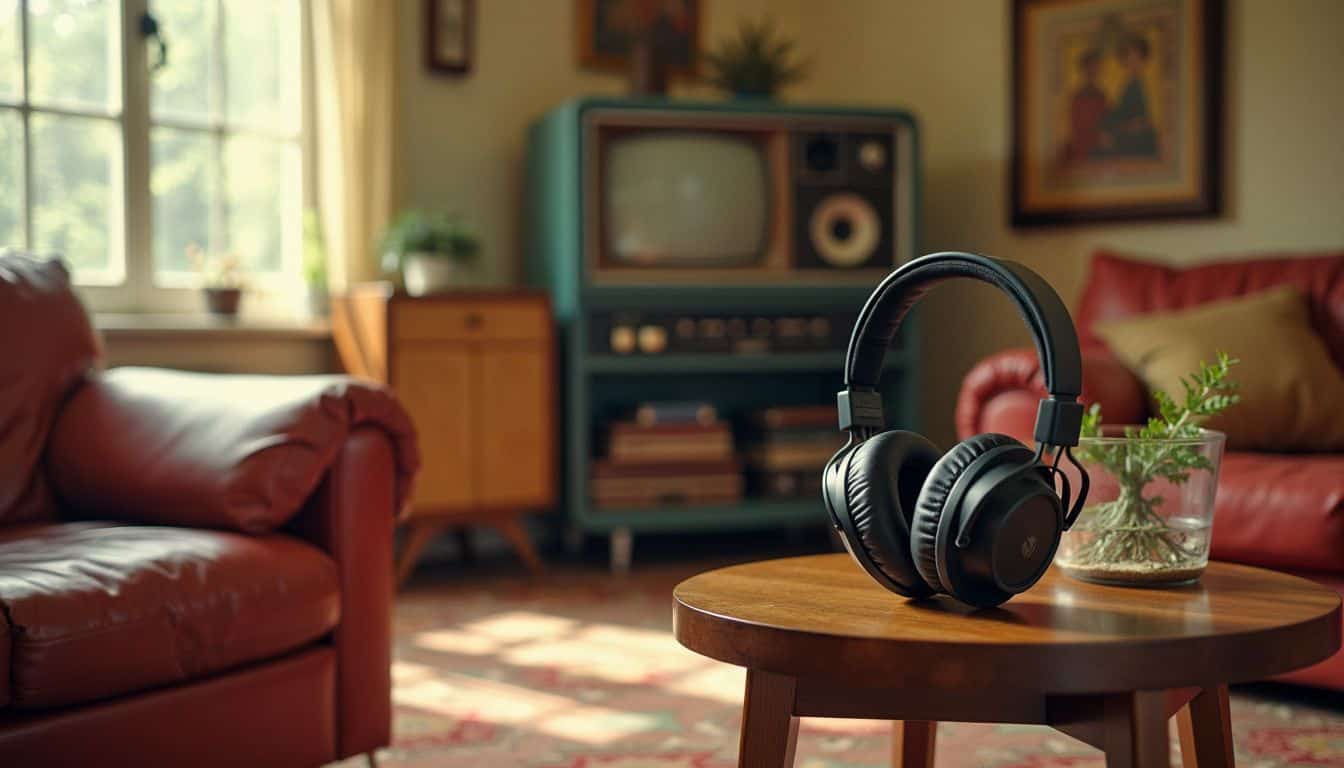
In the 1960s, wireless headphones made their debut and marked a significant shift in headphone technology. This milestone brought about a new era of freedom and convenience for music enthusiasts worldwide.
1960s: The Debut of Wireless Headphones
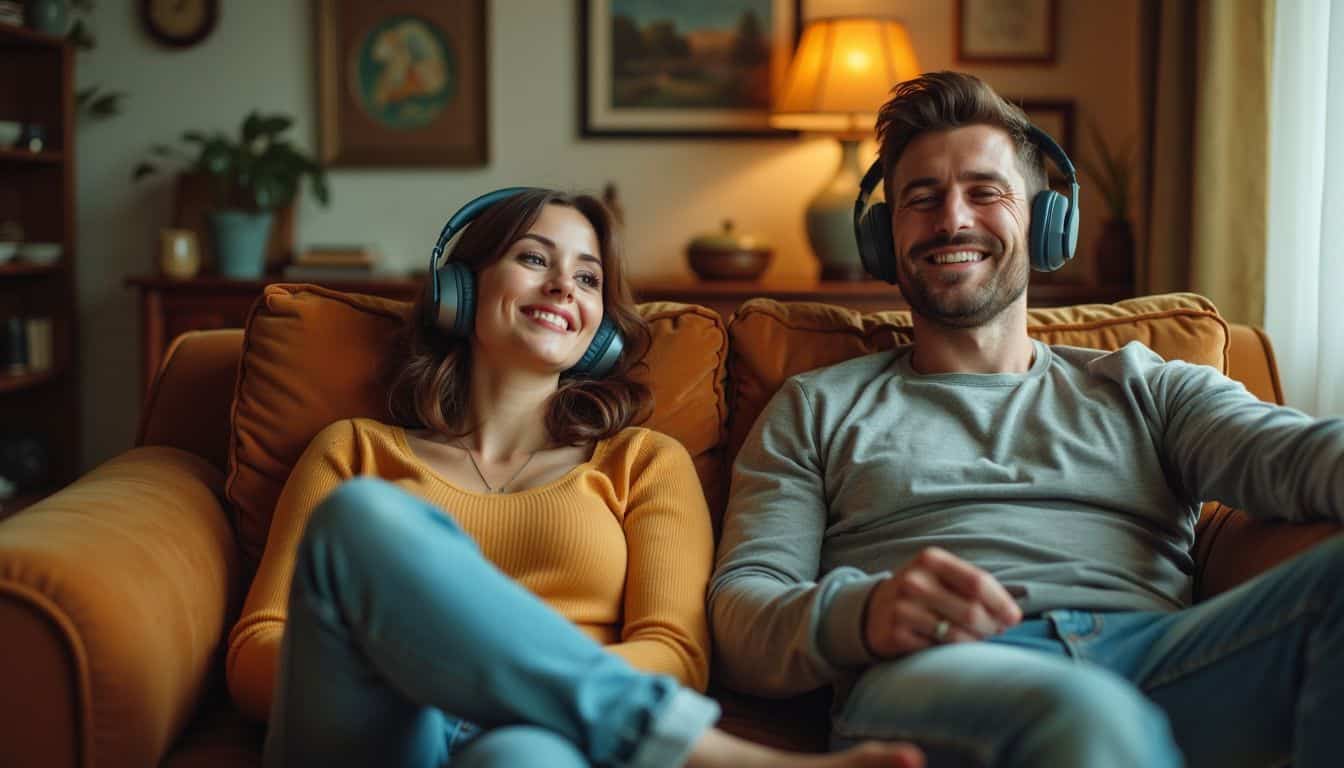
The 1960s saw the first wireless headphones hit the scene. This was a big deal for music fans and tech geeks alike. Before this, everyone was tied down by cords. Now, people could move freely with their music.
John Koss played a huge part in this change. He didn’t just stop at creating Beatlephones; he pushed the limits on what headphones could be. Around the same time, Sennheiser made waves too.
In 1968, they launched the HD414, opening up a whole new world with open-backed ‘phones that let sound flow more naturally.
Music has wings with wireless headphones.
Milestones in Wireless Headphone Technology
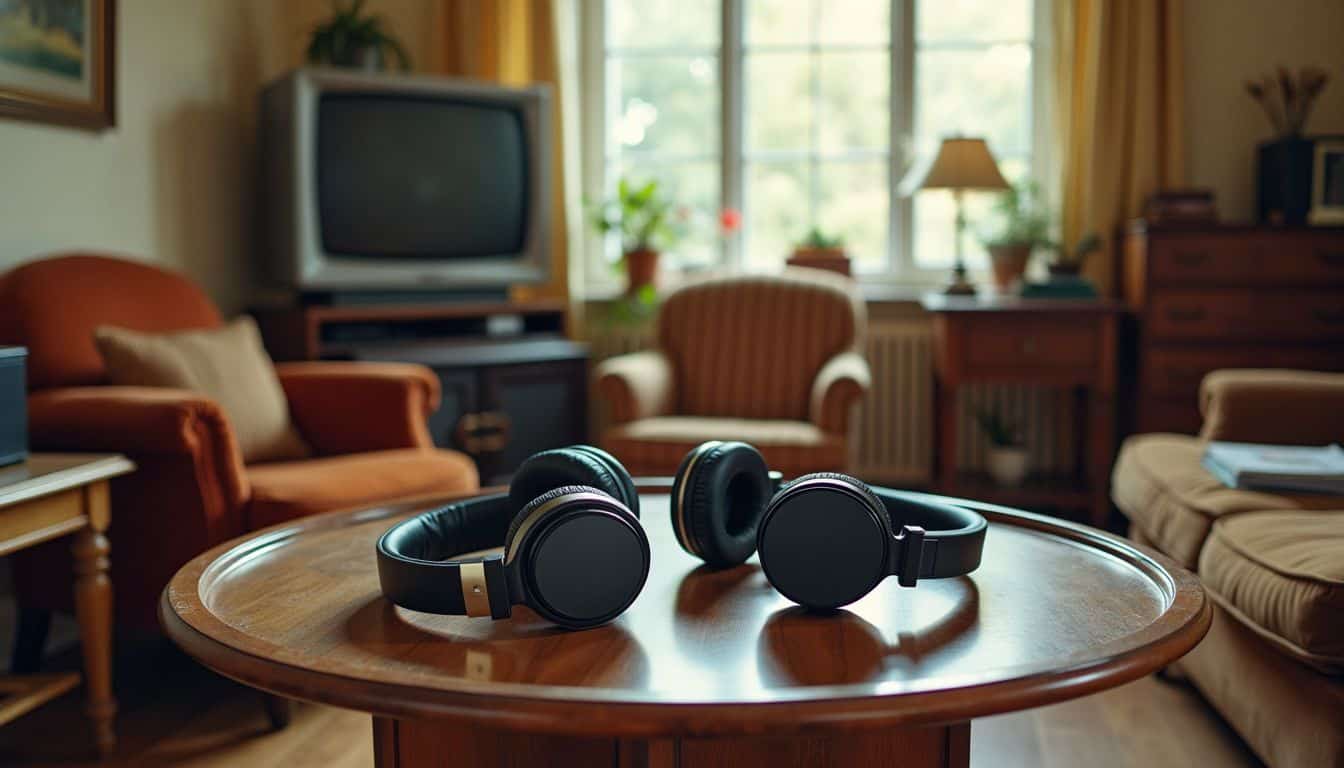
Wireless headphone technology hit key milestones in the 1970s, underwent digital advancements in the 1990s, and was heavily influenced by Apple’s entry into the market in 2001. These pivotal moments have shaped wireless headphones as we know them today.
Read more to discover this surprising journey!
1970s: Enhancements in Wireless Design and Function
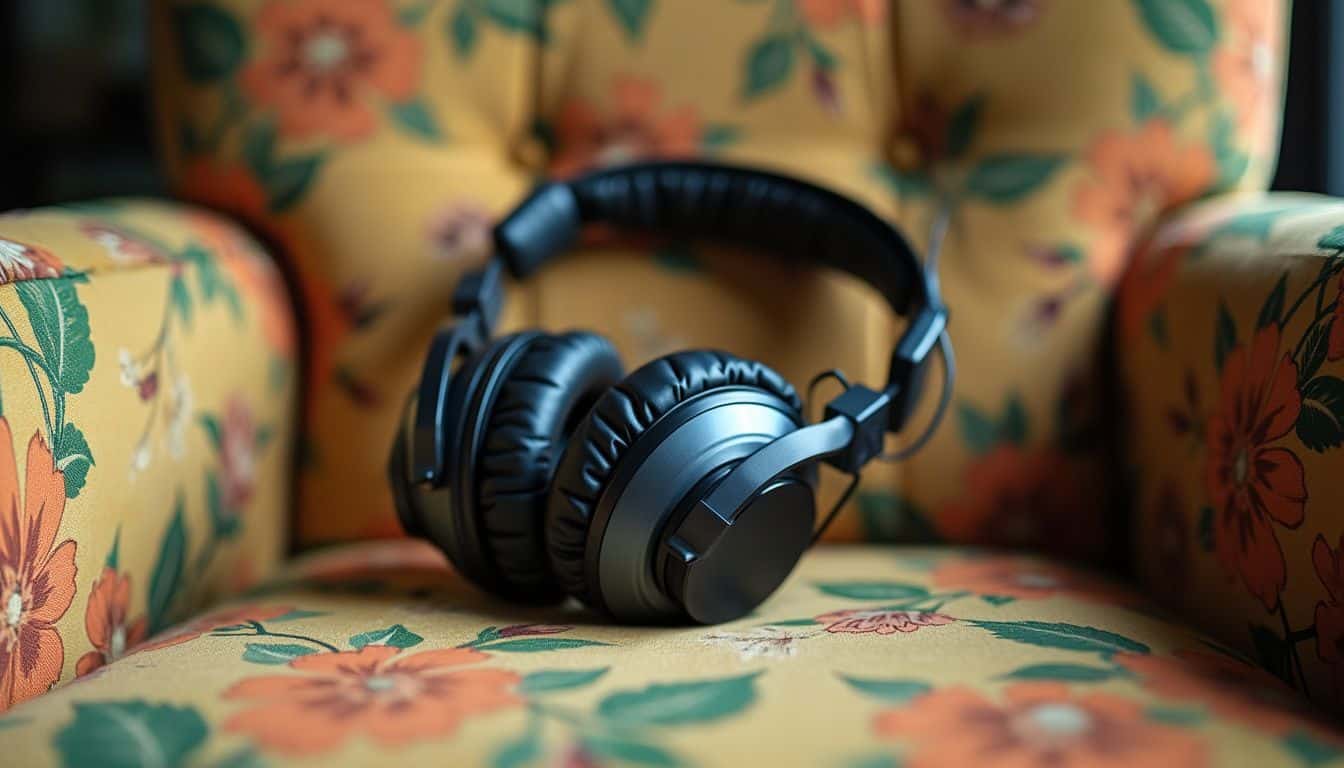
In the 1970s, wireless headphones got better. They started to look and work in new ways. Sony made a big move with its Walkman in 1979. This device made light headphones popular. Now, people could listen to music anywhere without wires.
The new designs were more comfortable and sounded better too. They used improved tech to make the sounds clearer and stronger. People liked these changes a lot. The idea of listening to music on the go was now real thanks to these advancements.
1990s: Digital Wireless Systems and Their Advancements
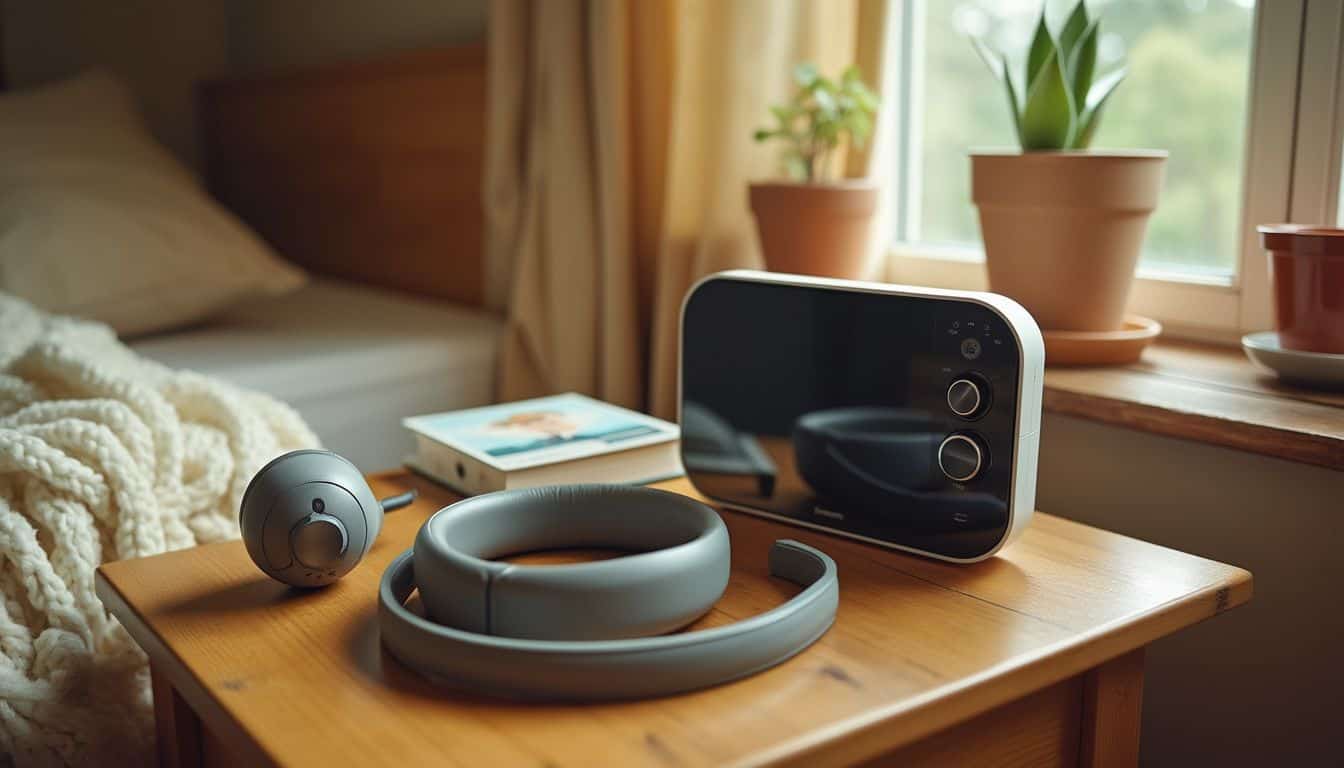
The 1990s brought big changes to headphone technology. Bluetooth, a key advancement, arrived in 1999. This tech made headphones more portable and stylish than ever. People could now listen to music without dealing with cords.
The decade also saw improvements in how we played our tunes. These changes matched well with the growing trend of headphones as fashion items.
Bluetooth headsets took off quickly after their introduction. They let users enjoy digital music players like MP3s without getting tangled up. The wireless design was perfect for on-the-go listeners and those wanting to avoid headphone jacks and cords entirely.
The 90s set the stage for headphones to become essential tech gear for millions around the world.
2001: Apple’s Influence on the Market
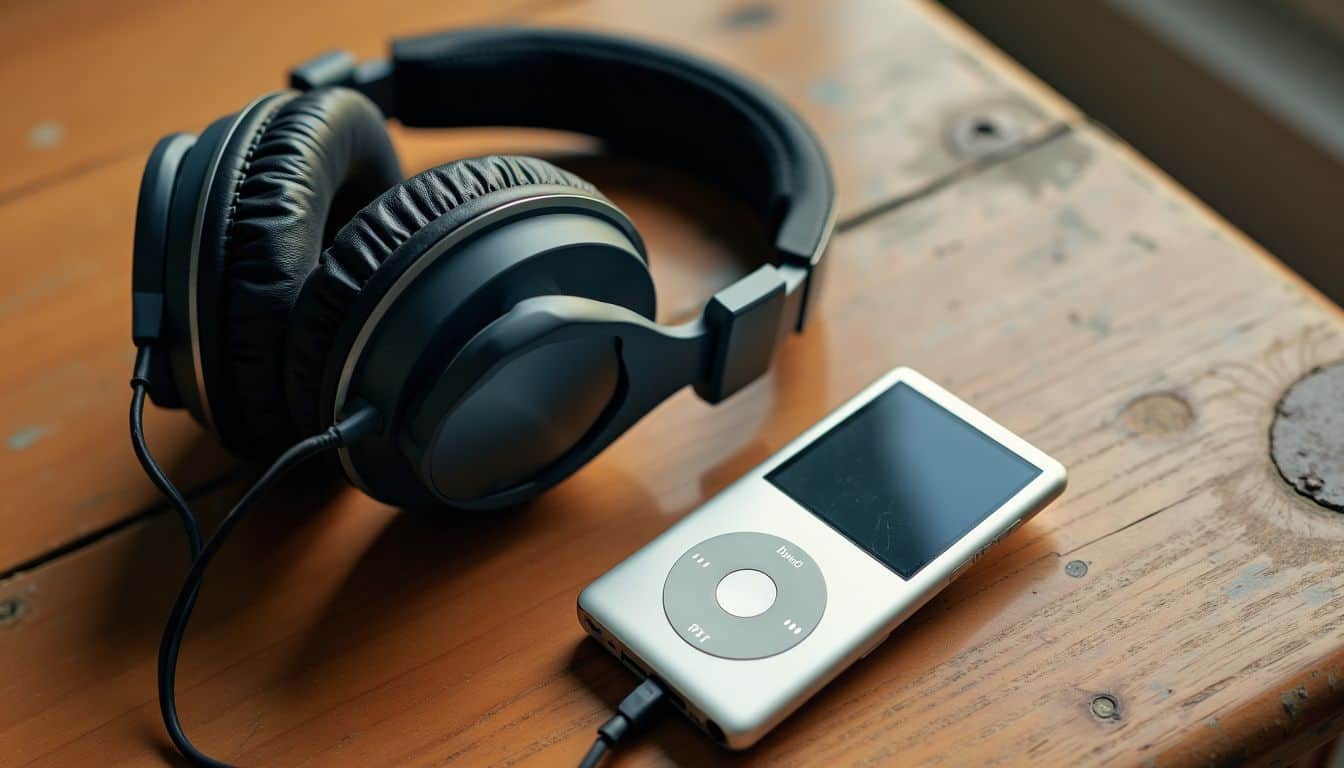
Apple changed the game in 2001 with the launch of the iPod. This device made listening to music on the go easy and stylish. No longer did people need CDs or tapes. Now, they could have thousands of songs in their pocket.
The iPod led to a big shift in how we use headphones. It boosted demand for better quality earbuds and headphones that could match the iPod’s cool factor.
With this shift, interest in high-quality audio experiences grew. People wanted noise-cancelling features to enjoy their music without outside sounds messing it up. The iPod also paved the way for digital music platforms like Apple Music.
Apple didn’t just make a new product; it created a whole new way for us to listen to and think about our music.
The Era of Modern Wireless Headphones
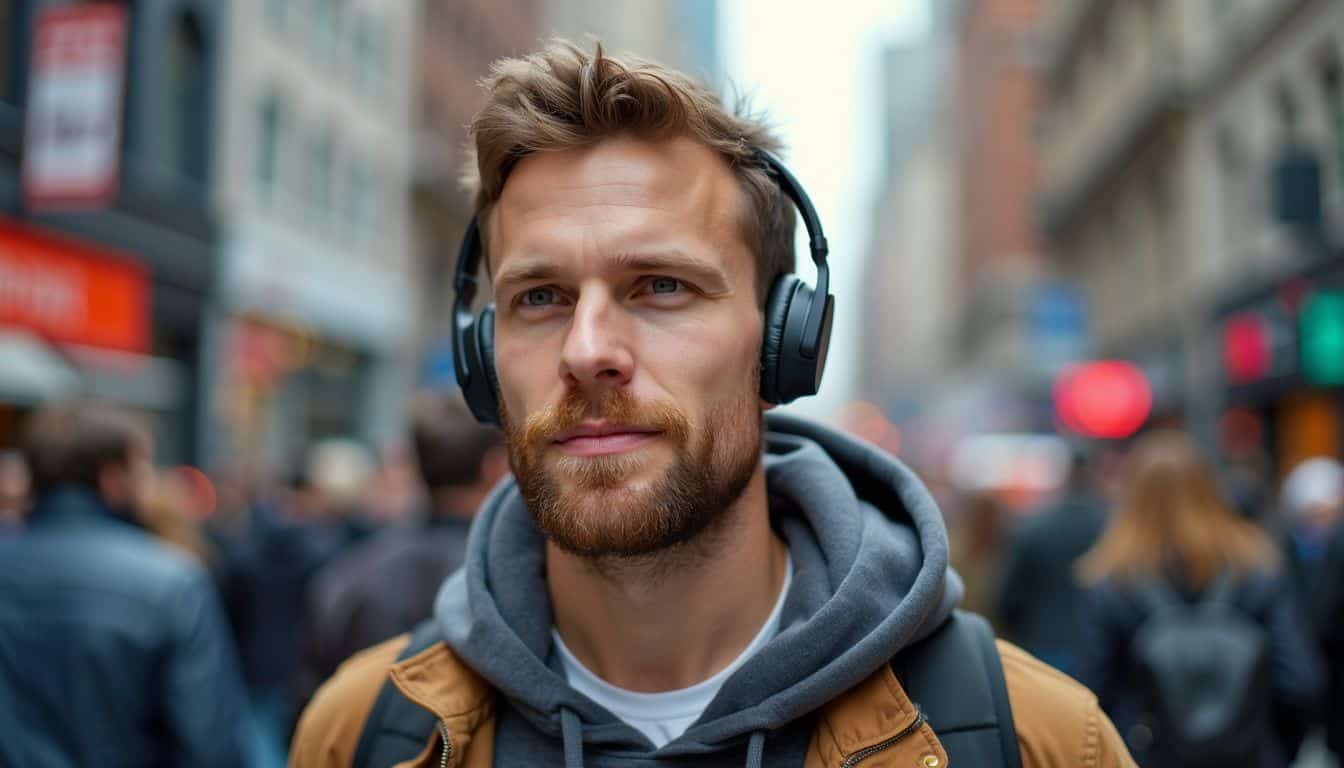
The Era of Modern Wireless Headphones:
2007 witnessed a notable shift in headphone technology with the introduction of iPhone, influencing the market. In 2016, Apple’s AirPods made a significant impact on wireless headphone innovation.
2007: iPhone’s Influence on Headphone Technology
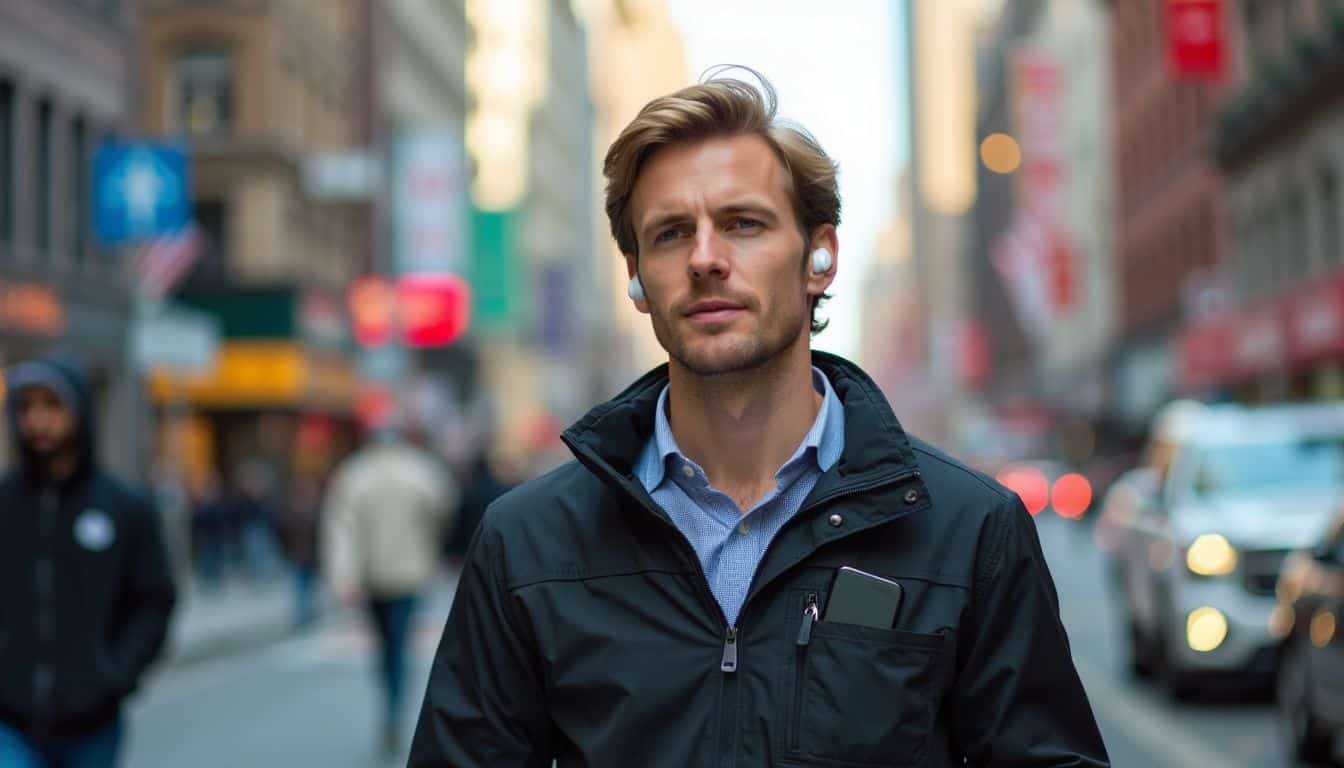
In 2007, Apple changed the game with the iPhone. This device made people want wireless headphones. Before, wires were common. But after the iPhone, everyone saw the future was wireless.
Then in 2016, Apple threw another curveball: AirPods. These earbuds cut the cord for good. No more tangled wires in your pocket! Plus, removing the headphone jack on the iPhone 7 pushed us all to go wireless.
Now, Bluetooth connects our tunes without cables getting in the way.
2016: The Introduction of Apple’s AirPods

In 2016, following the groundbreaking success of the iPhone, Apple made another significant stride. They introduced AirPods, reshaping the way headphones are used. These small earpieces proved to be genuine wireless gems, with no cables providing increased freedom of movement and tangle-free listening.
That year, Apple also decided to remove the headphone jack from the iPhone 7. This brave decision encouraged people to adopt wireless alternatives like the AirPods. Rapid and straightforward setup paired with a reliable connection to iPhones, iPads, and Macs allowed these earbuds to gain quick popularity.
The active noise-canceling features enabled users to eliminate undesired noise or adjust ambient noise reduction to maintain awareness of their environment while savoring clear audio quality delivered through the AirPods’ dynamic coil drivers and balanced armatures housed within each earbud.
2022: Current Innovations in Wireless Headphones
Since the launch of Apple’s AirPods, wireless headphones have seen big changes. In 2022, these gadgets are smarter and give even better sound. Bluetooth technology has a problem with high-resolution audio because of bandwidth limits.
But, new tech like aptX HD, LDAC, aptX Adaptive, and aptX Lossless is changing that.
For my first time using wireless headphones made by Dyson, I noticed a huge difference in noise cancelling and comfort. These modern tools use active noise cancelling to block out unwanted sounds.
They fit well in your ears too. Now, you can enjoy clear music without wires anywhere you go.
People Also Ask
Who invented the first pair of wireless headphones?
Ernest Mercadier, a French engineer, is credited with inventing the in-ear headphones, which were an early version of today’s wireless earphones.
How have headphone technologies evolved over time?
Starting from telephone headsets and crystal sets to open-back and circumaural headphones, technology has advanced to include features like active noise cancellation in modern-day wireless earphones.
What are some types of drivers used in headphones?
Headphones use various types of drivers such as moving coil drivers, electrostatic drivers, planar magnetic loudspeakers and air motion transformer (Heil AMT) to generate sound.
What impact can prolonged headphone use have on hearing health?
Prolonged exposure to high decibel levels through any device including MP3 players or DVD players using cordless or corded telephones can lead to hearing loss or impairment, necessitating audiometric testing.
How do noise-cancelling headphones work?
Noise-cancelling headphones use active noise-cancelling technology that picks up external sounds with built-in microphones and generates opposing sound waves for cancelation, resulting in reduced ambient noise.
What role does amplifier play in audio delivery through headphone?
Whether it’s tube amplifiers or transistor amplifiers, they increase volume by boosting electrical signals from your device before they reach your headphone speakers, ensuring clear stereo separation with minimum distortion.
